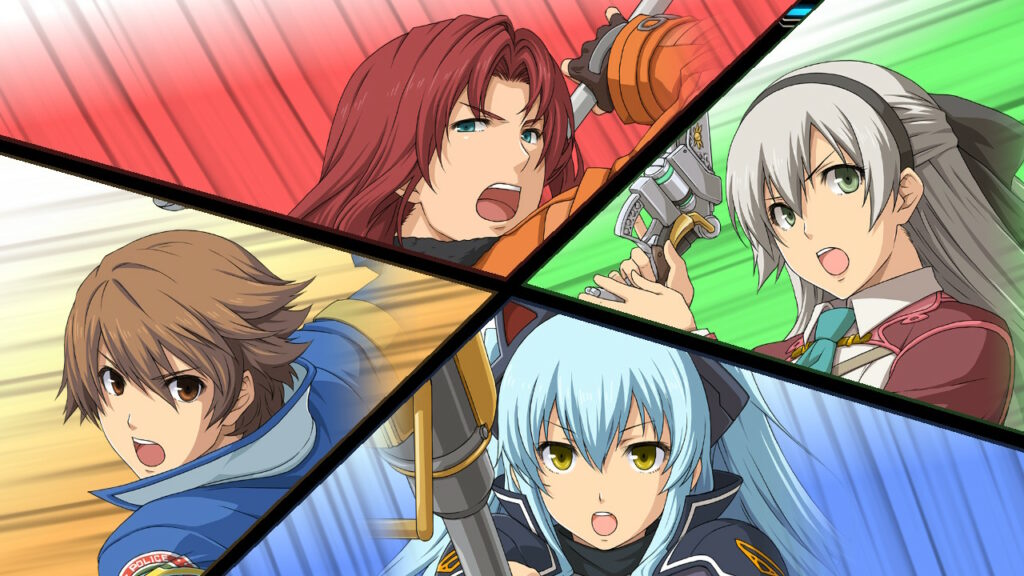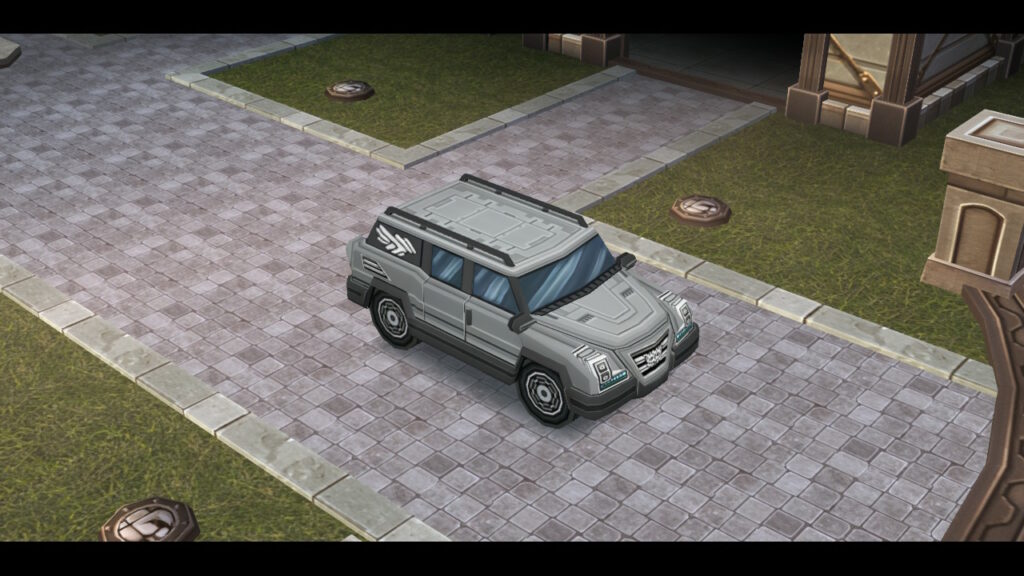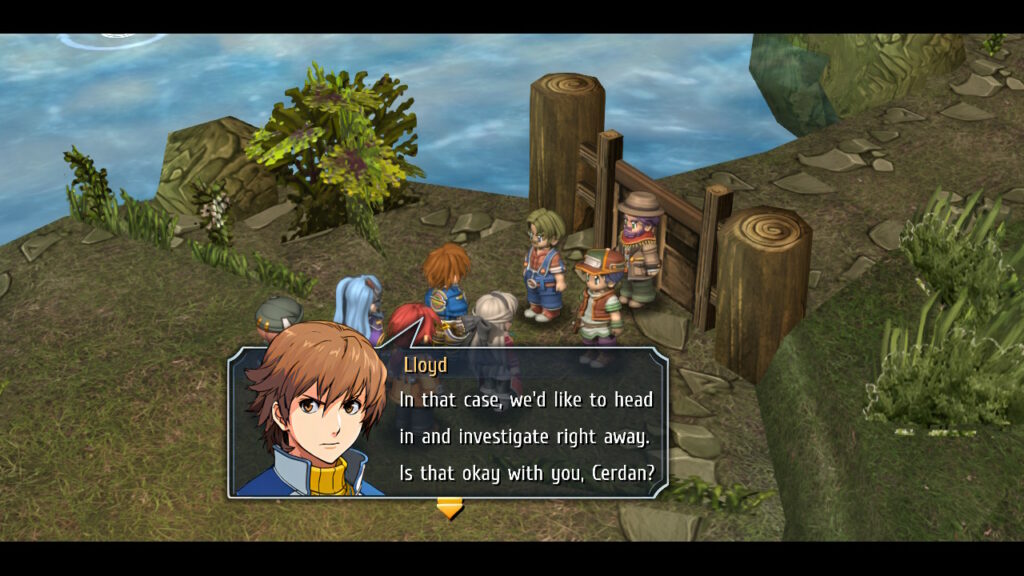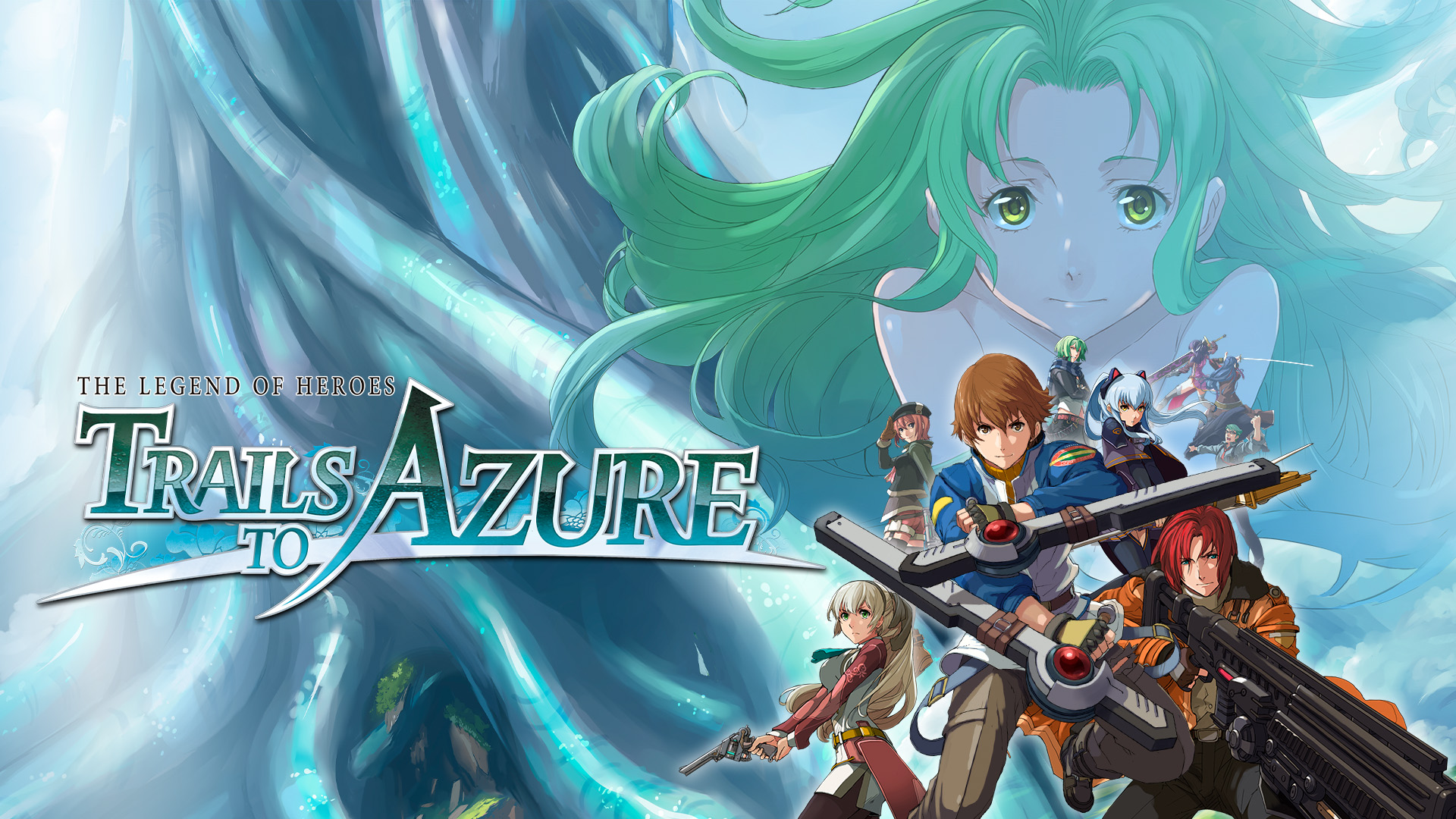Last September, I shared my thoughts on the RPG The Legends of Heroes: Trails from Zero. While I absolutely loved the game’s combat system, the story’s pacing held me back. The follow-up, Trails to Azure just launched and I’ve had a chance to return to the city-state of Crossbell to see what’s new. For me, the minor additions to the combat are nice, but this is still a game that requires a lot of your time.

Don’t proceed without playing the first game
Trails to Azure begins a few months after the events in Trails from Zero. You’re still in control of Lloyd Bannings and the other members of the Special Support Squad. The game kicks into high gear with an intense, combat-focused intro chapter. As someone who loved the combat in the first game, this was a nice way to get re-familiar with its system. However, if you haven’t played the first game, you might have a bit of a challenge grasping its mechanics and understanding who the characters are.
The game doesn’t really go into too much detail explaining the events from the first game. Yes, there is a backstory menu option, but it’s pretty limited. It only highlights the main plots of the first game, some key terms you need to be aware of, and character backgrounds. It would have been nice for them to include a proper “Previously on…” movie, rather than leaving it all to text, which I felt didn’t cover enough.
The other reason to play and complete Trails from Zero is that you can carry over your data into Azure. That’s a huge advantage, especially for those who finished and got most, if not all, of the side content. You’ll begin much stronger and the storyline, especially your actions in the first factor into the dialogue here.

Little additions to the combat
Having really loved the combat in Zero, the additions in Azure can feel a bit underwhelming. It’s not they aren’t good, they are. The problem is that there isn’t enough of an impact. The first new thing is the introduction of Master Quartz that you get early in the game. Like regular quartz, you can add them to all the characters and their abilities improve as you play. Additionally, their perks trigger automatically and increase in strength as you level them up.
The other addition is Burst attacks. As you progress through the game, you’ll slowly add to your burst meter. Once full, you can trigger this option which allows you to go all out on your attacks without losing CP. This typically only lasts a few moves but is a game-changer in key moments. Like with how you’ll often wait for bigger fights to use your character’s S-Attacks, timing Burst attacks is important.
The only real problem with Burst attacks is that the game more-or-less pre-determines when they become available. These kinds of attacks only happen in the main story missions, you’ll never build your burst meter in any of the side missions. While I can see the reasons for the restrictions, it’s odd that a new feature is limited in its usage.

Expanding the World
There’s more to explore in Azure. On top of that, you now have a vehicle to fast travel. Unfortunately, you don’t actually get to drive around, as this feature is just another way to quickly get around, similar to the Bus system from the first game. You can still use the Bus or simply walk around if you want. I was kind of hoping we’d actually get to drive around on our own. You can edit the look of the “car”, but you don’t really spend a lot of time looking at it. This feels like an unnecessary addition, just another thing to spend your Mira on.
We also get two “new” members to the SSS. Although both characters aren’t new to the story, their additions are nice as it gives us a bit more variety in our team building. It also opens up more support moments in heated battles. Of the two, I really enjoyed Noel, as her basic firearm attack can almost always target multiple foes, which for me is always a plus in battle. On the flip side, the other character Wazy always felt like a magnet to enemies. In more difficult battles, he would always be the first character to fall in battle and then require reviving. When the opportunity came to swap him out, I did.
However, even with an expanded crew and more places to explore, character building takes a back seat to the main plot(s) of the game. We don’t get too many opportunities to see our characters grow or to really interact with each other. For a game that focuses so much on story, the SSS often takes a back seat to just about everything else in this world.

This is still more dialogue than combat
My biggest frustration with Zero, especially in the first half of the game, is that you spend most of the game watching than doing. That still holds true in Azure. Although the intro/prologue chapter is heavy on combat, the first dozen or so hours of the game are still primarily spent watching cutscenes.
When combat scenarios were happening, I was getting into as many fights as I could because I wanted to improve my squad as much as possible. Some of the fights, especially those where there is a large swarm of enemies, can get out of control if you’re not smart. I enjoyed dying and having to try again because I was actually learning from my mistakes and getting better.
Unlike in Zero, where I felt the story was all over the place in the early bits, the plot is much more focused. Yes, we still get introduced to a few characters early in the game which seemingly disappear for a while. Thankfully though, for the first half of the game, the main plot is pretty clear and its impact has ramifications in the second half.

Worth the investment, if you have the time
While it might not seem at first glance, I do recommend playing Trails to Azure but with two caveats. First, you have to play (and preferably finish) Trails from Zero before even considering starting Azure. The other, you need to prepare to invest a combined 80-100 hours, even on the game’s simplest difficulty. There is a lot here and those without patience will quickly fall off. If I had more free time on my hand, playing this series would be a lot more enjoyable. Again, outside of the pacing, the combat is incredible and was the reason I kept coming back to slowly chip away at the story.

